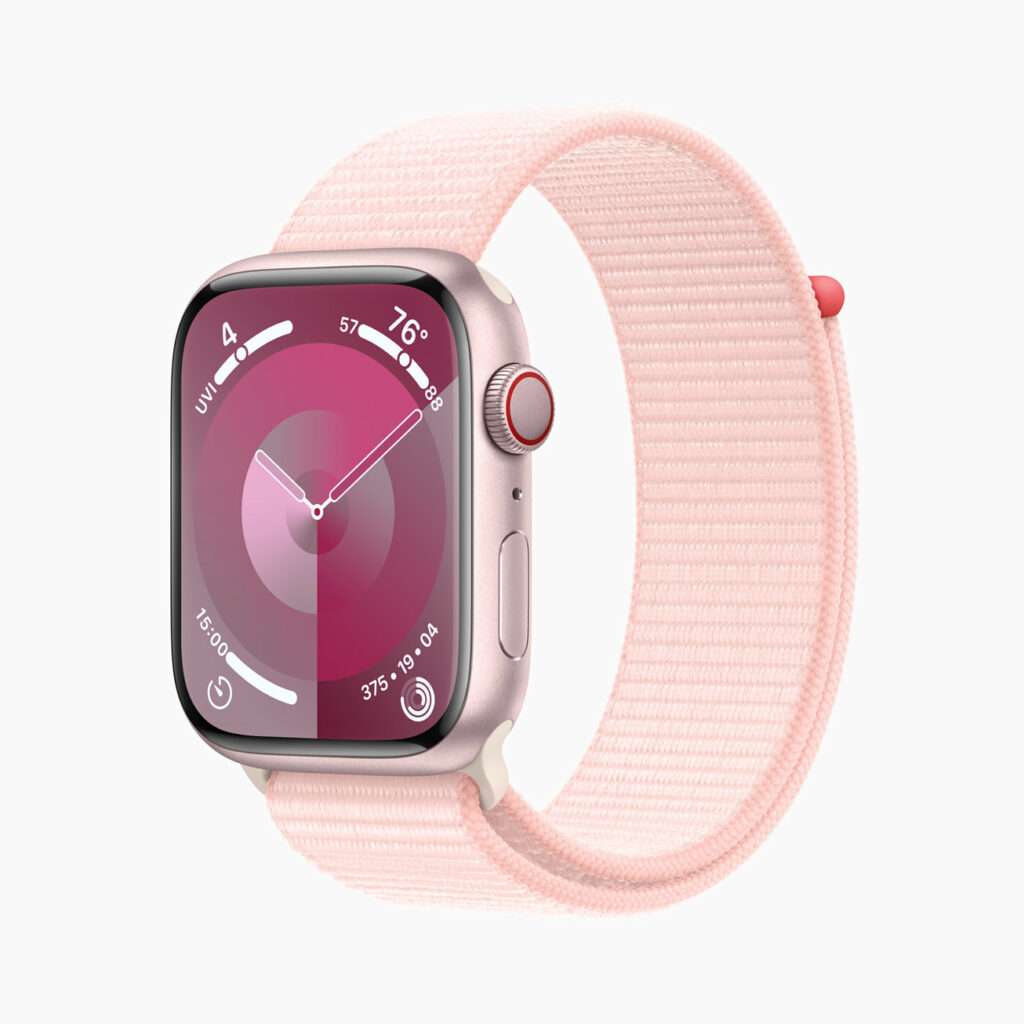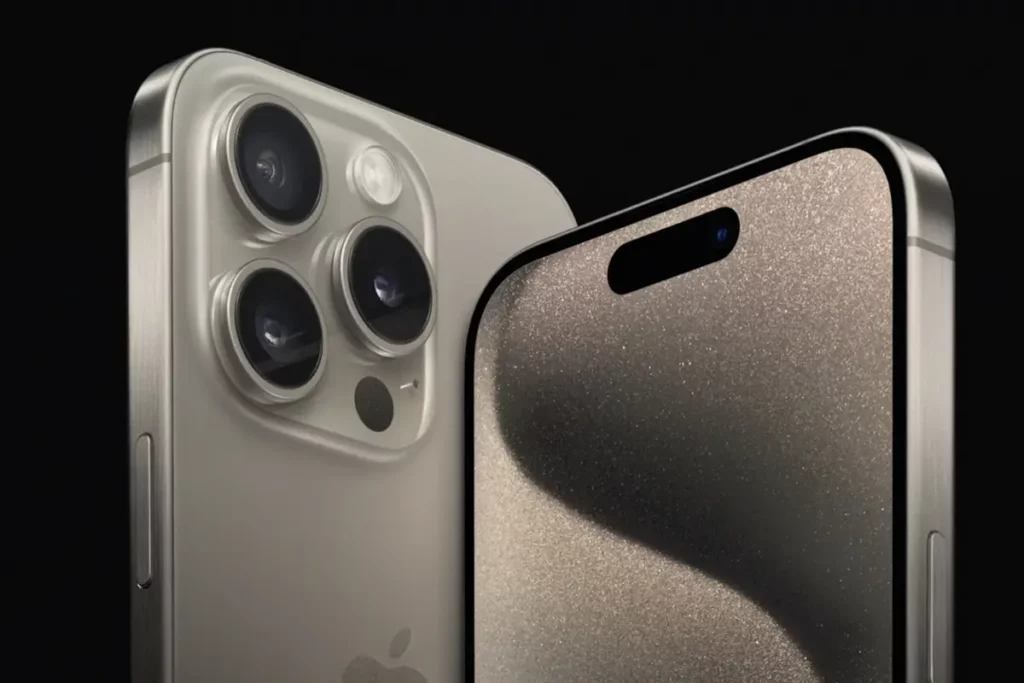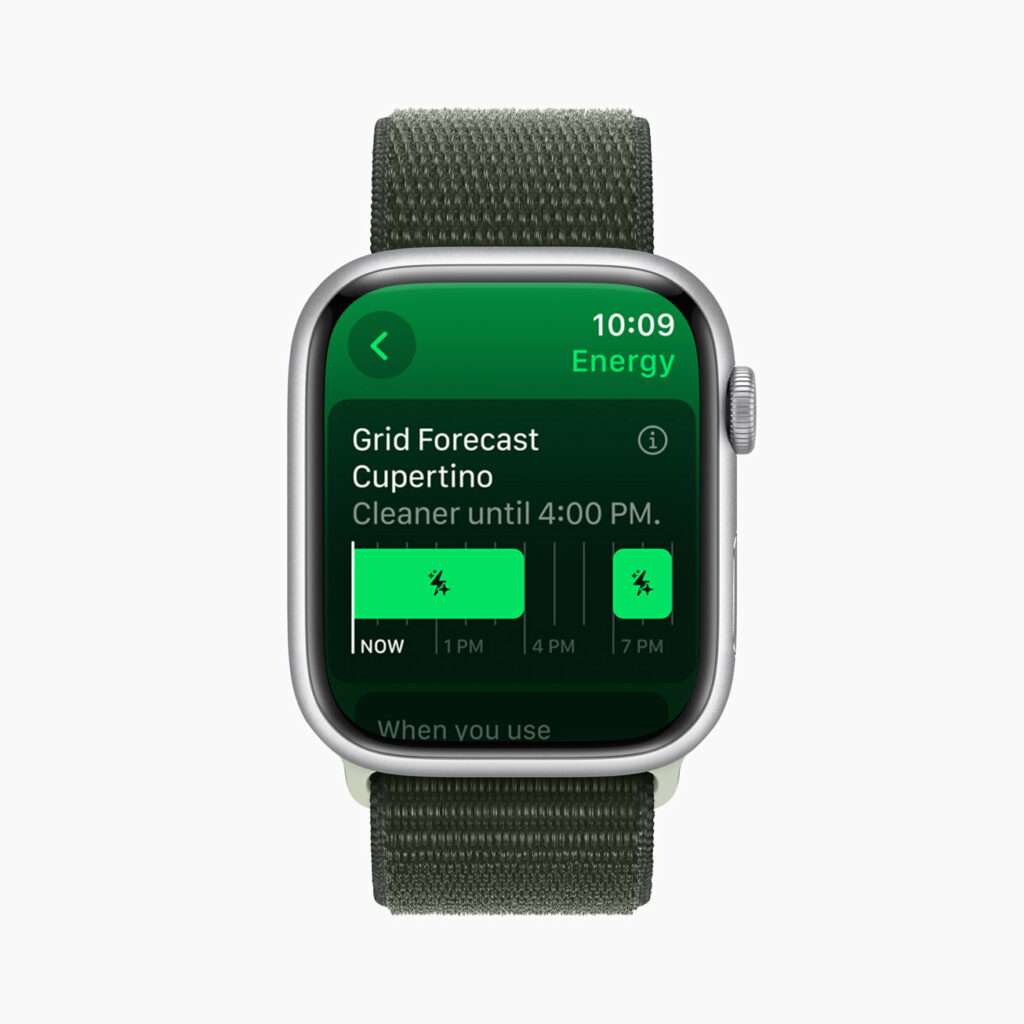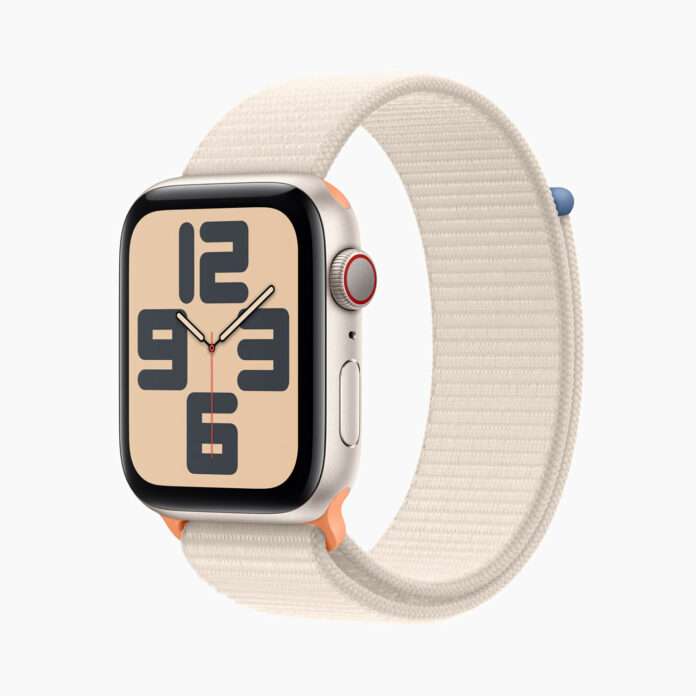In a move heralding its commitment to environmental sustainability, Apple has announced that it will cease the sale of leather accessories, a popular choice for iPhone cases and Apple Watch bands.
At the much-hyped Wonderlust event today, where Apple debuted the iPhone 15, its newest smartphone series, the tech giant also announced its pivot away from animal leather — a decision it says is rooted in the considerable environmental impact that leather production incurs, particularly considering the massive scale of Apple’s operations.
Apple unveiled FineWoven, a novel material set to supplant the leather straps and cases previously offered. Customers can expect the same performance as Apple’s leather products. The aesthetic of the FineWoven material retains a strong resemblance to its leather counterparts, mimicking styles such as the “leather loop” and “modern buckle,” the company says.
Ahead of today’s event, Hermès removed all Apple products from its website; the luxury label is known for its leather goods. Those items will also undergo a transformation with all leather replaced by an exclusive selection of Hermès canvas, rubber, and other textiles for the crafting of straps.

The new products, Apple’s first-ever carbon-neutral items, see emissions reduced by more than 75 percent for its watches — a big step toward its 2030 carbon-neutral goals.
Apple has also spearheaded additional environmentally friendly alterations to its other watch bands. The Sport Loop band is now made of eighty-two percent recycled yarn and is carbon-neutral certification. The forthcoming Apple Watch Series 9 coupled with the Sport Loop will be a carbon-neutral product as well. Additionally, the Nike sport band has incorporated “thirty-two percent or more” recycled fluoroelastomer, with the Nike sport loop featuring reused yarn from past seasons, consolidating Apple’s green initiative emphasized during its recent event.
Hermès has also been experimenting with more sustainable leather alternatives. In 2021, it announced a mushroom leather bag, developed by MycoWorks, was in the works.
“At Apple, we have a longstanding and proven commitment to leading the fight against climate change,” Lisa Jackson, Apple’s vice president of Environment, Policy, and Social Initiatives, said in a statement. “Our focus on renewable energy and low-carbon design has already driven industry-leading emissions reductions, and we’re not slowing down. We’ve achieved an important milestone in making the world’s most popular watch carbon neutral — and we will keep innovating to meet the urgency of the moment.”

According to Apple, it has adopted a “clear and rigorous approach” to product decarbonization that prioritizes reducing greenhouse gas emissions from the three biggest sources across the product life cycle: electricity, materials, and transportation. “Only after Apple steeply cuts product emissions, will the company apply high-quality carbon credits from nature-based projects for emissions that cannot yet be avoided or reduced with existing solutions,” it said.
To that goal, Apple says each carbon-neutral Apple Watch model, which are certified by SCS Global Services, a leader in environmental standards and certification, meets strict criteria including 100 percent clean electricity for manufacturing and product use, 30 percent recycled or renewable material by weight, and 50 percent of shipping without the use of air transportation. “These combined efforts result in at least a 75 percent reduction in product emissions for each model.” Apple is also employing carbon credits to address its remaining emissions.
Apple first achieved carbon neutrality at is global corporate operations in 2020. Its Apple 2030 strategy will see it become carbon neutral across its entire value chain by 2030 with a 75 percent reduction in emissions from 2015 levels. The company is also moving toward its 2025 goal of fully plastic-free packaging with the packaging for every iPhone 15 model more than 99 percent fiber-based.
Customer awareness is also a priority, and Apple says it is committed to “engaging with customers and creating technology that helps them understand and address their environmental impact.”

This includes Grid Forecast, a new tool in the Home app on Apple devices that shows when a user’s electrical grid has relatively cleaner or less clean energy sources available. “For example, there are times when wind and solar projects produce more energy than the grid can use, leading to some of it being wasted,” Apple says. “There are also times when electricity is being generated with lower emissions.” It will encourage consumers to use electricity during these cleaner times which may help customers lower the climate impact of the electricity they use at home.
“By avoiding activities that generate carbon, significantly expanding renewable energy across the company’s corporate operations and supply chain, and designing with recycled and renewable materials, Apple has so far reduced total emissions by over 45 percent since 2015, while still growing revenue by over 65 percent in the same period,” the company says.
As Apple accelerates its efforts to decarbonize its value chain, the company says every product represents an opportunity to reduce emissions, “from the electricity used for manufacturing and charging devices, to materials and shipping.”
Related on Ethos:


